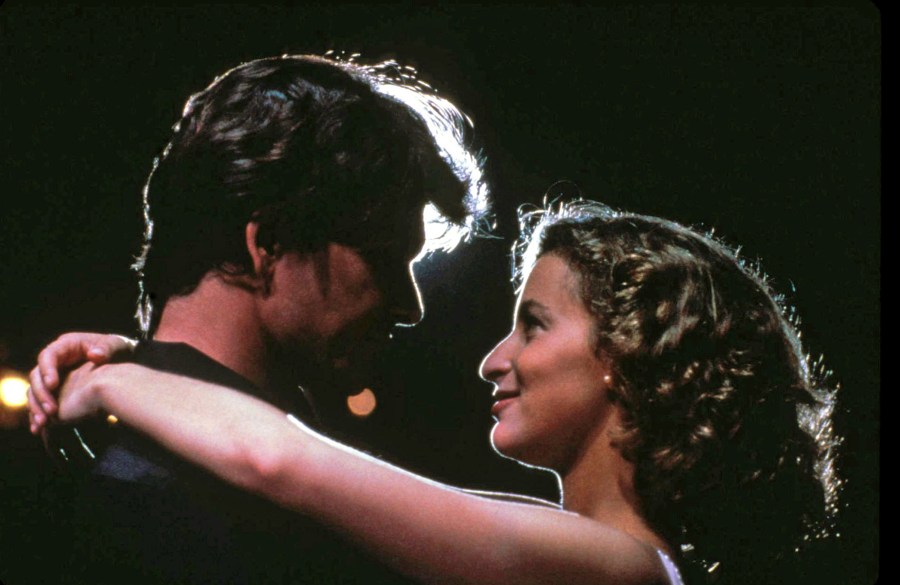“Schnozageddon.”
That’s how actress Jennifer Grey, 62, refers to the multi-decade fascination with the size and shape of her nose.
After being catapulted to mega-fame in 1987 after playing Frances “Baby” Houseman in “Dirty Dancing,” Grey’s career stalled. And though she was personally happy with her nose— and its distinct bump—she underwent plastic surgery at the age of 29 to boost her career.
“When my parents and their parents fled Ukraine and came to this country, everybody was trying to look American,” Grey, who is of Jewish descent, explained. “It was standard to change your last name … and to change your nose so you could be an actor…or just be considered pretty. There was a lot of self-loathing attached to our natural noses.”
After two procedures, Grey recounted how her new nose made her virtually unrecognizable. She had changed her appearance to look “less Jewish” and more suitable for a variety of parts, yet she still couldn’t get the types of roles she wanted because she no longer looked like herself. The decision plagued her for years.

Even so, Grey wrote in her new memoir, “Out of the Corner,” that the experience eventually became “one of the single best things that ever happened to me.”
Grey decided to address “Schnozageddon” head-on by detailing her physical changes—and how they occurred—in the prologue of her book. She chose to start the book with that topic because she had spent decades with people making assumptions about her.
“It was not only completely inaccurate, but it was also really hurtful and offensive to me,” Grey said. “It mischaracterized me and my journey. I loved what I looked like [before]. I didn’t think I was perfect. I struggled [with my appearance] the way most people do, especially if you don’t look like the prettiest girl in the class. But I think even those girls struggle because self-criticism is a cultural epidemic.”
After her first surgery, Grey was thrilled with the way she looked. Though her doctor had wanted to create an entirely new nose for her, Grey had insisted that the doctor simply “fine tune” the shape of her nose to make it more photogenic. Even though the resulting nose was slightly bigger than the original, the bump was gone. Grey said she started working “non-stop” for the first time in her life.
Then, less than a year after the surgery, Grey noticed a slight irregularity: a tiny bit of cartilage was visible under the surface of her nose. She underwent a second surgery to correct the issue, and when she woke up, she discovered that she looked completely different. So different, in fact, that when she attended a splashy event just a few weeks later—her first since “Dirty Dancing” opened—the paparazzi didn’t recognize her.
She had become anonymous.

When the public got wind of the situation, Grey felt like she had become a punch line. She was unable to nab acting roles and she often had to insist that she was, in fact, the famous Hollywood actress to people who didn’t recognize her.
This experience, Grey said, “jettisoned her into the dark night of the soul.”
Growing up with parents who successfully earned a living as actors made Grey said she sought validation through public approval, recognition and fame. After the second surgery, she felt she was stripped of everything she needed to value herself.












